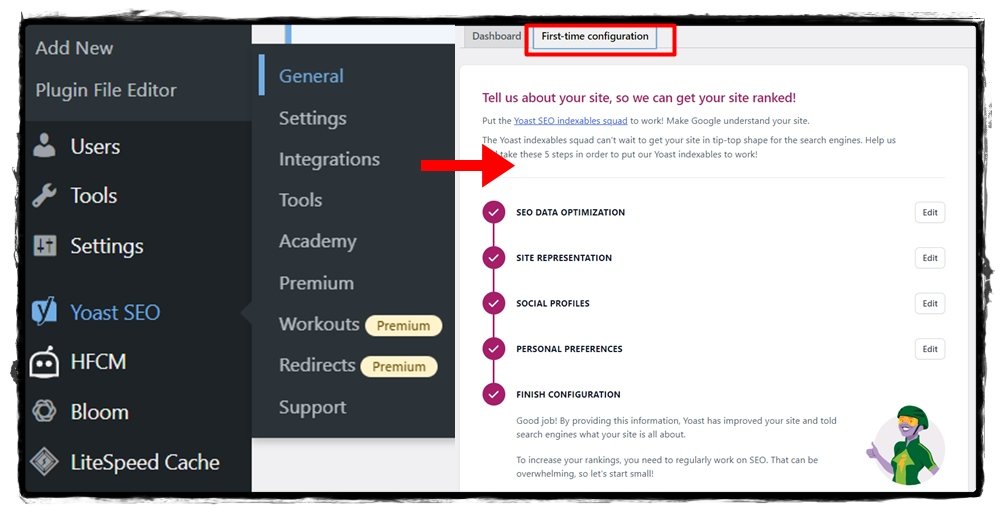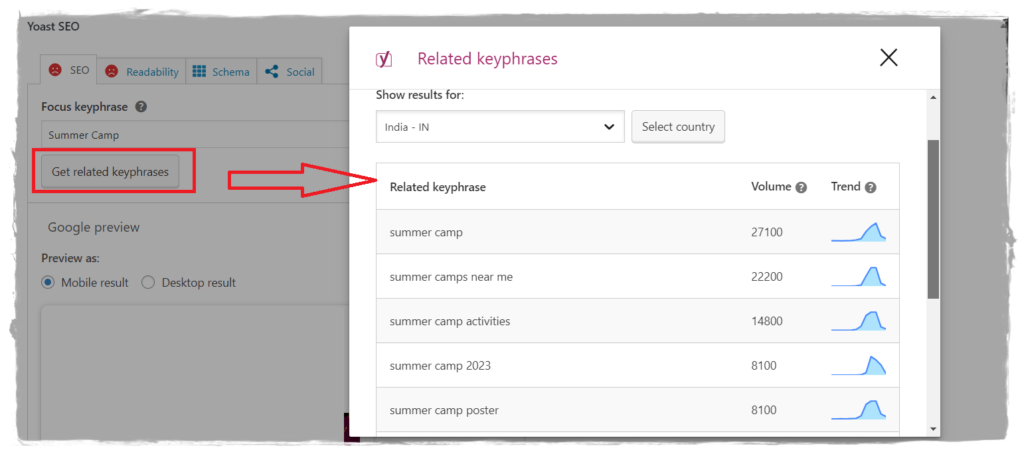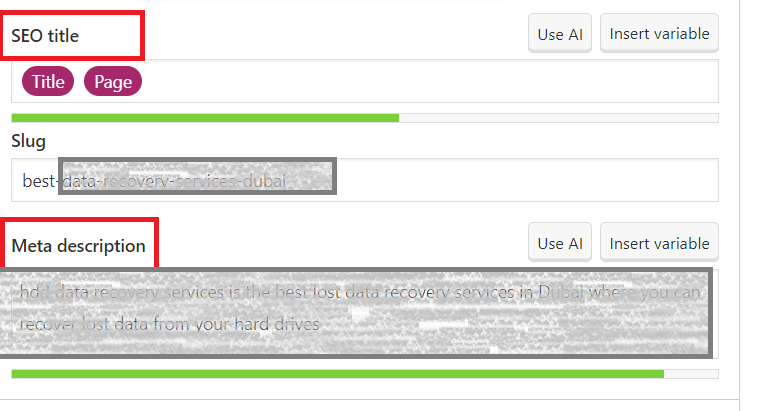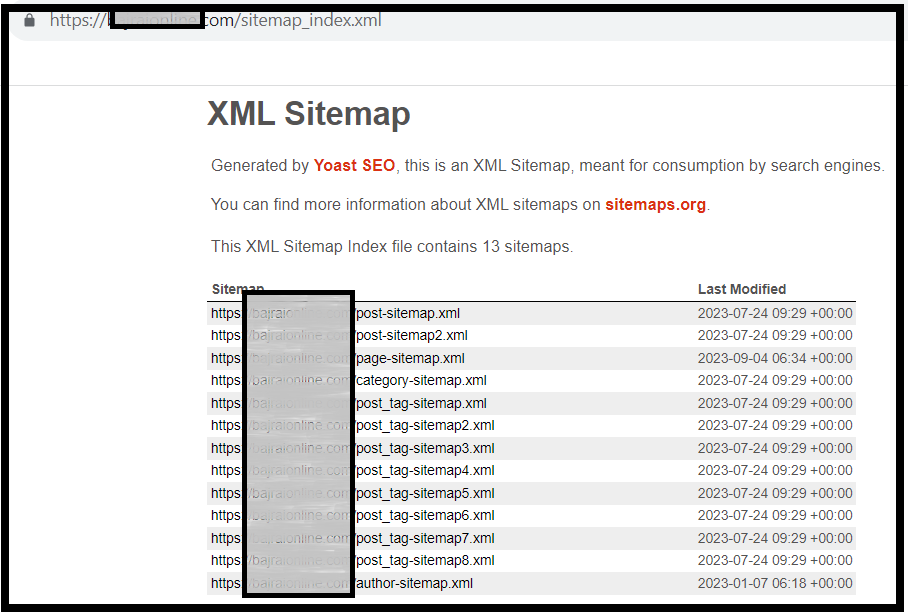Welcome to the ultimate Yoast SEO tutorial! Are you looking to drive more organic traffic to your website? Look no further. In this comprehensive guide, we will walk you through everything you need to know about using Yoast SEO to optimize your website and boost your search engine rankings. Whether you’re a beginner or an experienced SEO professional, this tutorial is designed to help you elevate your website’s performance.
Yoast SEO is a powerful plugin that is widely recognized as one of the best tools for search engine optimization. With its user-friendly interface and robust features, Yoast SEO can help you optimize your content, improve your website’s structure, and increase visibility in search results.
In this tutorial, we will cover the basics of getting started with Yoast SEO, including how to set it up, configure the essential settings, and use its key features effectively. We will also delve into advanced strategies for keyword optimization, content analysis, and technical SEO.
By the end of this tutorial, you will have the knowledge and tools to unlock the full potential of Yoast SEO and drive more organic traffic to your website. So, let’s get started on your journey to SEO success!
Why Yoast SEO is essential for driving organic traffic
In today’s digital age, having a strong online presence is crucial for the success of any business or website. With millions of websites competing for attention, it’s important to stand out from the crowd and drive targeted traffic to your website. This is where Yoast SEO comes in.
Yoast SEO is essential for driving organic traffic because it helps you optimize your website for search engines. When your website is properly optimized, search engines like Google, Bing etc., can easily understand your content and rank it higher in search results. This means that when users search for keywords related to your website, they are more likely to find your website and click on it.
Additionally, Yoast SEO provides valuable insights and recommendations to improve the overall quality and relevance of your content. By following these recommendations, you can create content that not only ranks well in search engines but also resonates with your target audience.
Setting up the Yoast SEO plugin
Before you can start optimizing your website with Yoast SEO, you need to install and set it up. Here’s a step-by-step guide to help you get started:
1. Install Yoast SEO Plugin:
Log in to your WordPress dashboard, go to the “Plugins” section, click on “Add New,” and search for “Yoast SEO.” Click on “Install Now” and then “Activate” the plugin.


2. Configure Essential Settings:
Once the plugin is activated, you will see a new tab called “YOAST SEO” in your WordPress dashboard. Click on it and go to the “General” settings. Here, you can configure essential settings like your website’s name, whether it’s a company or a person, and whether you want to show your knowledge graph. in the “First-Time Configuration” tab.


3. Connect Yoast SEO to Google Search Console:
Google Search Console is a free tool that provides valuable insights about your website’s performance in Google search results. To connect Yoast SEO to Google Search Console, go to the “Site Connections” tab in the Yoast SEO settings. Follow the instructions to verify your website and connect it to Google Search Console. You can connect other webmaster tools like Bing Webmaster Tool, Baidu, Pinterest etc.


By following these steps, you will have successfully set up Yoast SEO on your website and can now start optimizing your content for search engines.
Keyword research and optimization with Yoast SEO
Keyword research is a fundamental step in any SEO strategy. By understanding the keywords your target audience is searching for, you can create content that aligns with their interests and needs. Yoast SEO provides powerful tools to help you with keyword research and optimization.
To conduct keyword research with Yoast SEO, follow these steps:
1. Identify Target Keywords:
Start by brainstorming a list of relevant keywords that are related to your business or website. These keywords should reflect what your target audience is searching for.
2. Use Yoast SEO’s Keyword Analysis Tool:
Yoast SEO’s keyword analysis tool provides valuable insights about the keywords you’re targeting. It shows you the search volume, competition, and potential traffic for each keyword. Use this tool to identify the most valuable keywords for your content.
Yoast Keyword Analysis tool is powered by SEMrush, After the post in Yoast SEO tab, write your Focus Keyphrase and then click on Get related Keyphrases. If you are doing it the first time then you have to give access to SEMrush and you will get the related keyphrases. Note you have to Select Country to get Keyword volume according to your Targeted audience country.


3. Optimize Content with Target Keywords:
Once you have identified your target keywords, it’s time to optimize your content. Yoast SEO provides a comprehensive content analysis feature that helps you optimize your content for your target keywords. It provides recommendations on keyword placement, keyword density, and other important factors.
By following these steps, you can ensure that your content is optimized for the keywords your target audience is searching for, increasing the chances of your website ranking higher in search results.


On-page optimization with Yoast SEO
On-page optimization is optimizing individual pages on your website to improve their visibility in search results. Yoast SEO offers a range of features to help you optimize your pages effectively.
Here are some key features of Yoast SEO for on-page optimization:
1. Meta Titles and Descriptions:
Yoast SEO allows you to customize the meta titles and descriptions for each page on your website. These are the snippets of text that appear in search results. By optimizing your meta titles and descriptions with relevant keywords and compelling copy, you can increase the chances of users clicking on your website.

2. XML Sitemaps:
XML sitemaps are a crucial part of on-page optimization. They help search engines understand the structure of your website and index your pages more efficiently. Yoast SEO automatically generates XML sitemaps for your website, making it easier for search engines to crawl and index your content. To check your website sitemap write “/sitemap_index.xml” at the end of your URL. Suppose Your website name is www.example.com, then your sitemap will be at “www.example.com/sitemap_index.xml“.

3. Internal Linking:
Internal linking is the process of linking to other pages on your website. It helps search engines discover and navigate your website more easily. Yoast SEO provides a feature that allows you to easily create internal links within your content, improving the overall structure and navigation of your website.
By utilizing these features, you can optimize your website’s pages for search engines and improve their visibility in search results.
Writing SEO-friendly content with Yoast SEO
Content is king when it comes to SEO. Creating high-quality, SEO-friendly content is essential for driving organic traffic to your website. Yoast SEO provides valuable insights and recommendations to help you optimize your content effectively.
Here are some tips for writing SEO-friendly content with Yoast SEO:
1. Focus on User Intent:
When creating content, always prioritize the needs and interests of your target audience. Understand what they are searching for and create content that answers their questions and provides value.
2. Optimize Headings:
Headings play a crucial role in organizing your content and signalling its relevance to search engines. Yoast SEO provides recommendations on optimizing your headings for SEO. Use these recommendations to structure your content effectively and improve its visibility in search results.
3. Use Relevant Keywords:
Keywords are the foundation of SEO. Yoast SEO’s content analysis feature provides recommendations on using relevant keywords in your content. However, it’s important to use keywords naturally and avoid keyword stuffing, as this can have a negative impact on your rankings.
By following these tips and leveraging Yoast SEO’s recommendations, you can create content that is not only valuable to your audience but also optimized for search engines.
Yoast SEO’s readability analysis and its impact on SEO
In addition to keyword optimization, Yoast SEO also provides a readability analysis feature. This feature analyzes your content’s readability and provides recommendations to improve its clarity and understandability.
Readability is an important factor in SEO because it affects how users engage with your content. If your content is difficult to read or understand, users are more likely to leave your website, resulting in higher bounce rates and lower rankings.

Yoast SEO’s readability analysis takes into account factors such as sentence length, paragraph length, subheadings, and the use of transition words.
By following Yoast SEO’s recommendations, you can improve the readability of your content and enhance the overall user experience.
Technical SEO optimization with Yoast SEO
Technical SEO refers to the optimization of your website’s technical aspects to improve its visibility in search results. Yoast SEO offers several features to help you optimize your website’s technical SEO.
Here are some key features of Yoast SEO for technical SEO optimization:
1. Canonical URLs:
Yoast SEO allows you to set canonical URLs for your pages. Canonical URLs help search engines understand which version of a page should be considered the authoritative version. By setting canonical URLs correctly, you can prevent duplicate content issues and improve your website’s overall SEO.
2. Robots.txt and .htaccess files:
Yoast SEO provides an interface to easily edit your website’s robots.txt and .htaccess files. These files control how search engines crawl and index your website. By optimizing these files with Yoast SEO, you can have better control over how search engines interact with your website.
3. Structured Data:
Structured data is a standardized format that provides additional information about your website’s content to search engines. Yoast SEO allows you to easily add structured data to your website, improving your chances of appearing in rich snippets and other enhanced search results.
By leveraging these features, you can optimize your website’s technical SEO and improve its visibility in search results.
Utilizing Yoast SEO’s advanced features
Yoast SEO offers a range of advanced features that can further enhance your website’s performance and SEO.
Here are some advanced features of Yoast SEO:
1. Schema Markup:
Schema markup is a form of structured data that provides search engines with detailed information about your website’s content. Yoast SEO allows you to easily add schema markup to your website, improving its chances of appearing in rich snippets and other enhanced search results.
2. Internal Linking Suggestions:
Yoast SEO provides internal linking suggestions to help you create a well-connected website. These suggestions are based on the content of your pages and can help search engines discover and navigate your website more effectively.
3. Redirect Manager:
The redirect manager feature of Yoast SEO allows you to easily manage and create redirects on your website. Redirects are important for maintaining a good user experience and ensuring that search engines can find and index your content correctly.
By utilizing these advanced features, you can take your SEO efforts to the next level and drive even more organic traffic to your website.
Conclusion and final thoughts on using Yoast SEO for organic traffic
In conclusion, Yoast SEO is an essential tool for driving organic traffic to your website. With its user-friendly interface and robust features, Yoast SEO can help you optimize your content, improve your website’s structure, and increase visibility in search results.
Throughout this tutorial, we have covered the basics of getting started with Yoast SEO, including how to set it up, configure essential settings, and use its key features effectively. We have also delved into advanced strategies for keyword optimization, content analysis, and technical SEO.
By following the tips and recommendations provided in this tutorial, you will have the knowledge and tools to unlock the full potential of Yoast SEO and drive more organic traffic to your website. Remember, SEO is an ongoing process, so continue to monitor and optimize your website regularly to stay ahead of the competition.
So, what are you waiting for? Start implementing Yoast SEO on your website today and watch your organic traffic soar!
Suggested Readings: AIOSEO: One of the best WordPress SEO Plugins


